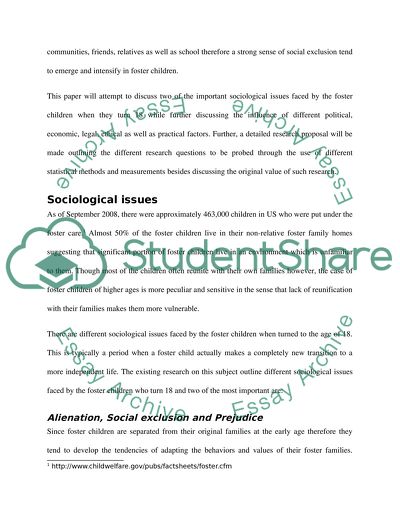Cite this document
(“Foster Children who turn 18 Research Paper Example | Topics and Well Written Essays - 2000 words”, n.d.)
Retrieved from https://studentshare.org/family-consumer-science/1407247-foster-children-who-turn
Retrieved from https://studentshare.org/family-consumer-science/1407247-foster-children-who-turn
(Foster Children Who Turn 18 Research Paper Example | Topics and Well Written Essays - 2000 Words)
https://studentshare.org/family-consumer-science/1407247-foster-children-who-turn.
https://studentshare.org/family-consumer-science/1407247-foster-children-who-turn.
“Foster Children Who Turn 18 Research Paper Example | Topics and Well Written Essays - 2000 Words”, n.d. https://studentshare.org/family-consumer-science/1407247-foster-children-who-turn.


